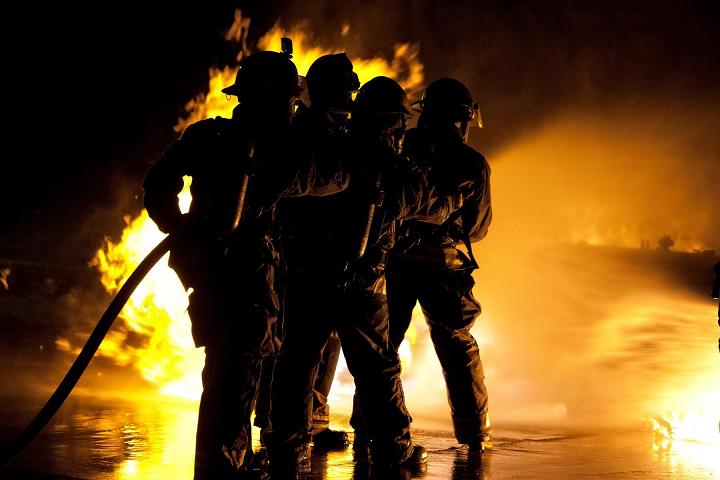The benefits of active and community-engaged career and technology education programs are innumerable, according to Valley Academy for Career and Technology Education Superintendent Bob Weir.
In his position since July, Weir said that VACTE has already taken major steps forward in promoting itself to eighth-graders and high school students throughout Sedona and the Verde Valley. Recently, Weir directed a survey sent out to eighth graders in Camp Verde, Cottonwood and Sedona to determine what CTE programs they would most like to see offered through VACTE.
The results came back, inspiring Weir to focus on incorporating six new programs into VACTE’s offerings:
- Construction: According to Weir, construction was by far the most-requested program. Developing such a program — which would give students industry standard National Center for Construction Education and Research certification — is already underway. Weir said that VACTE’s biggest hurdle now is securing a facility and the necessary material resources. He is open to the possibility of working with the newly established Arizona Technical College in Cottonwood, should both VACTE and ATC work out the funding. According to Weir, respondents to the survey and other stakeholders have reported widespread shortages in qualified contractors and construction crew personnel.
- Medical Assistant: Weir said that VACTE is working with Yavapai College to expand health care career opportunities for local high school students. Should this program get off the ground, students could come away with a chosen medical assistant certification.
- Laboratory Assistant: Likewise, Weir said that he is working with ATC to develop a program for students seeking medical laboratory assistant certifications.
- Culinary Arts: Located on the Yavapai College Sedona Center campus, this program would offer students a 16-credit-hour culinary arts certificate through Yavapai College. Weir predicted that the program will find appeal among Sedona and Cottonwood students.
- Heating, Ventilation and Air Conditioning: An HVAC program, potentially through ATC, would result in industry certification. After the night course’s completion, Weir said that students would likely leave with $300 to $800 in gauges and basic tools to use in their chosen profession.
- Law: Due to the need for qualified law enforcement personnel, Weir is looking to establish remote coursework during regular class time at Camp Verde High School, Mingus Union High School and Sedona Red Rock High School. Certifications would include security guard clearance.
Ultimately, Weir said that he hopes to offer careers that allow students to stay in their hometowns, but also offer opportunities for continuing education and personal enrichment. By offering skilled workers and interns to employers badly in need of qualified applicants, Weir also hopes to foster an environment where employers view CTE education as a win-win situation.
According to Weir, students in CTE programs score higher on standardized tests.
“When you start applying what you’ve learned, that knowledge sets in your brain,” Weir said.
The superintendent added that he has even made inroads with local home-schooled students, a population traditionally difficult to reach due to the paucity of information on their status and whereabouts.
Like other school districts, Joint Technical Education Districts have only one data point to rely on with home-schooled students: When a student is declared home schooled, his or her parents file with the state. Beyond that, no information is made available, leaving JTEDs like VACTE — who offer centralized programs to home-schooled students — relying on local resources to get the word out to an often under-served population.
“If home-schooled students are looking for CTE courses, they have the right to take our centralized programs,” Weir said. “It’s word of mouth. If these kids have a good experience, they come back …. As we grow our programs, I want more of them. It’s good for them.”
